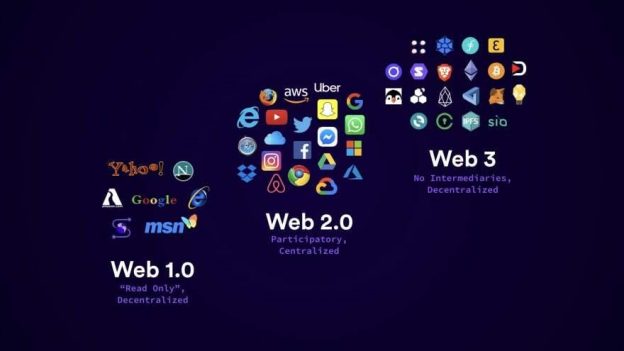Google Workspace is a suite of online productivity and collaboration tools that are designed for businesses of all sizes. It includes apps such as Gmail, Meet, Drive, Docs, Sheets, Slides, Calendar, Chat, and more. Google Workspace allows users to create, communicate, and collaborate with their teams and customers from anywhere, on any device. It also provides security, management, and support features to help users protect their data and work efficiently. Google Workspace was formerly known as G Suite, and it was rebranded in October 2020 to reflect its new features and vision.
https://workspace.google.com/
Google Workspace is a suite of online productivity and collaboration tools that are designed for businesses of all sizes. Some of the top features of Google Workspace are:
- Domain-Branded Email: You can use your custom email domain with Gmail, which provides a premium, business-grade email service with security, reliability, and spam protection.
- Google Drive: You can store and share files in the cloud with Google Drive, which offers flexible and affordable storage plans, team access, and offline sync.
- Google Docs, Sheets, and Slides: You can create and edit documents, spreadsheets, and presentations with Google Docs, Sheets, and Slides, which support real-time collaboration, comments, chat, and AI-powered features.
- Google Meet and Chat: You can communicate and collaborate with your team and customers with Google Meet and Chat, which offer video meetings, voice calls, instant messaging, and screen sharing.
- Google Calendar: You can manage your time and schedule with Google Calendar, which allows you to create and join events, invite guests, set reminders, and view availability.
Few more top features:-
- Google Forms and Sites: You can collect and analyze data with Google Forms, which lets you create surveys, quizzes, and polls. You can also create and publish websites with Google Sites, which offers templates, drag-and-drop editing, and custom domains.
- Google Keep and Apps Script: You can capture and organize your ideas with Google Keep, which lets you create notes, lists, and reminders. You can also automate and extend your workflows with Google Apps Script, which is a scripting platform that integrates with Google Workspace.
- Security and Management: You can protect your data and devices with Google Workspace, which provides security and management features such as 2-step verification, single-sign-on, admin console, endpoint management, Vault, and Work Insights.
- Add-ons and Integrations: You can enhance your Google Workspace experience with add-ons and integrations, such as Voice, Meet hardware, AppSheet, Gemini, and other Google products and services.
These are some of the top features of Google Workspace that can help you work smarter and faster. If you want to learn more, you can visit the Google Workspace website, or try it for free for 14 days.
Pros and Cons of Google Workspace:-
Google Workspace is a suite of online productivity and collaboration tools that are designed for businesses of all sizes. It has some pros and cons that you may want to consider before using it. Here are some of them:
Pros:
• Convenience: You can access all of your office productivity tools in one place, and switch between them seamlessly. You can also work from anywhere, on any device, with an internet connection.
• Ease of use: Google Workspace’s products are simple and intuitive to use, and they support real-time collaboration, comments, chat, and AI-powered features. You can also work offline and sync your changes when you are online.
• Reduced spam: Gmail offers an in-built spam filter, and it has introduced more stringent sending requirements to reduce the amount of spam that lands in Gmail inboxes.
You may also like to know: Office 365 And Its Pros And Cons
Cons:
• Price: Google Workspace is not free, and it has different pricing plans depending on the number of users, storage, and features you need. The cheapest plan starts at $6 per user per month, and the most expensive plan costs $18 per user per month.
• Privacy: Google Workspace collects and uses data on you and how you use its services, which may raise some privacy concerns. You can adjust your privacy settings and opt out of some data collection, but you cannot completely avoid Google’s data practices.
• Compatibility: Google Workspace may not be fully compatible with some third-party applications or formats, such as Microsoft Office or PDF. You may need to convert your files or use additional tools to work with them.
Verdict:-
A suite of online productivity and collaboration tools, designed for businesses of all sizes, is Google Workspace. It includes apps such as Gmail, Meet, Drive, Docs, Sheets, Slides, Calendar, Chat, and more. Google Workspace allows users to create, communicate, and collaborate with their teams and customers from anywhere, on any device. It also provides security, management, and support features to help users protect their data and work efficiently. Google Workspace has some pros and cons that users may want to consider before using it. It offers convenience, ease of use, and reduced spam, but it also has high price, privacy issues, and compatibility problems. Google Workspace is the result of a decade of research and development, and it is changing the way we use our smartphones.











